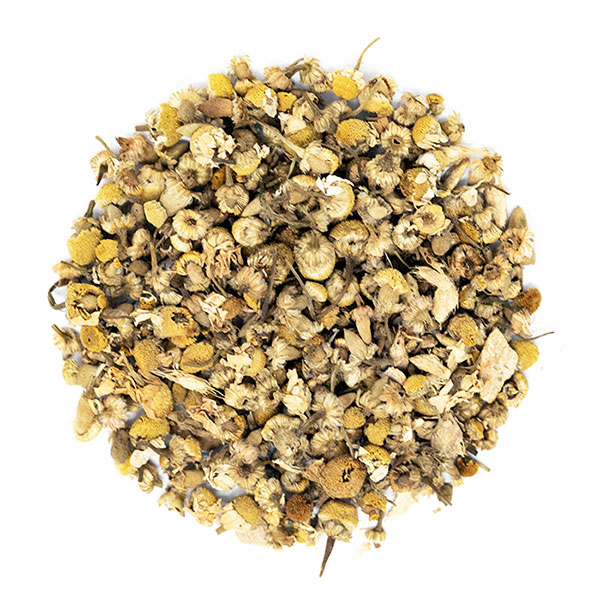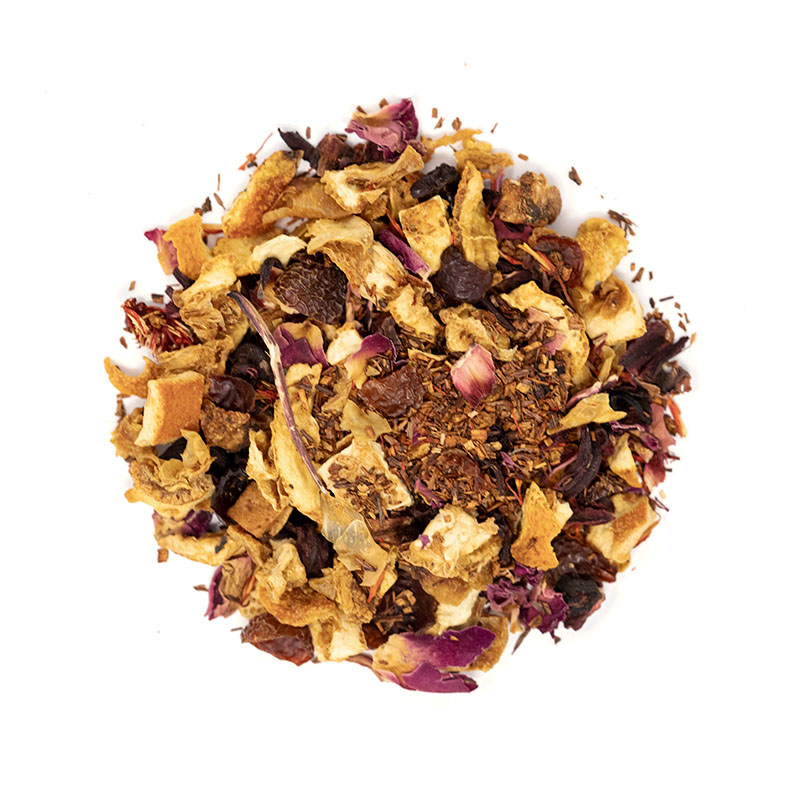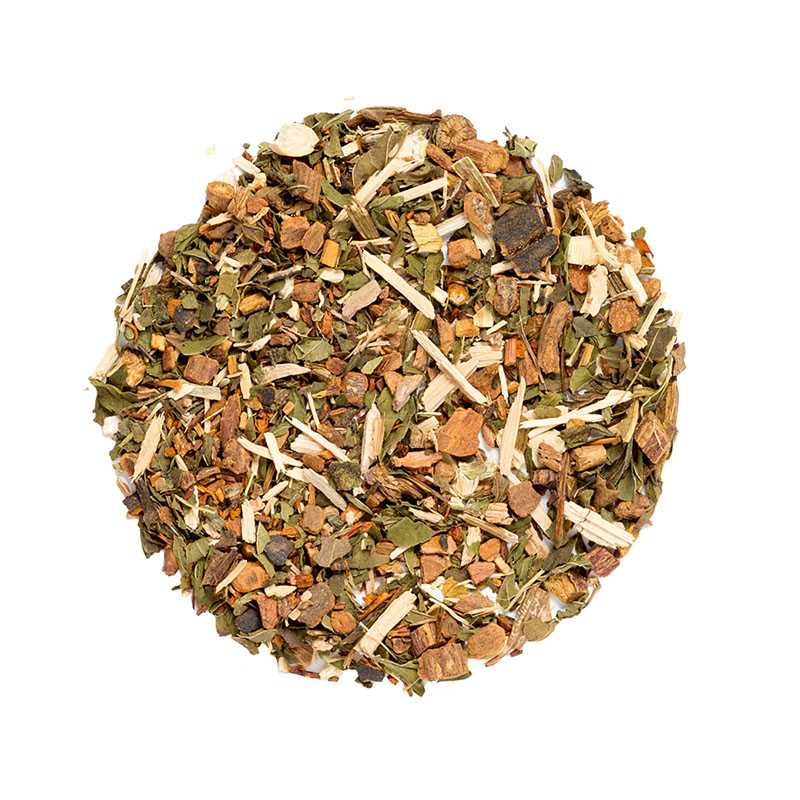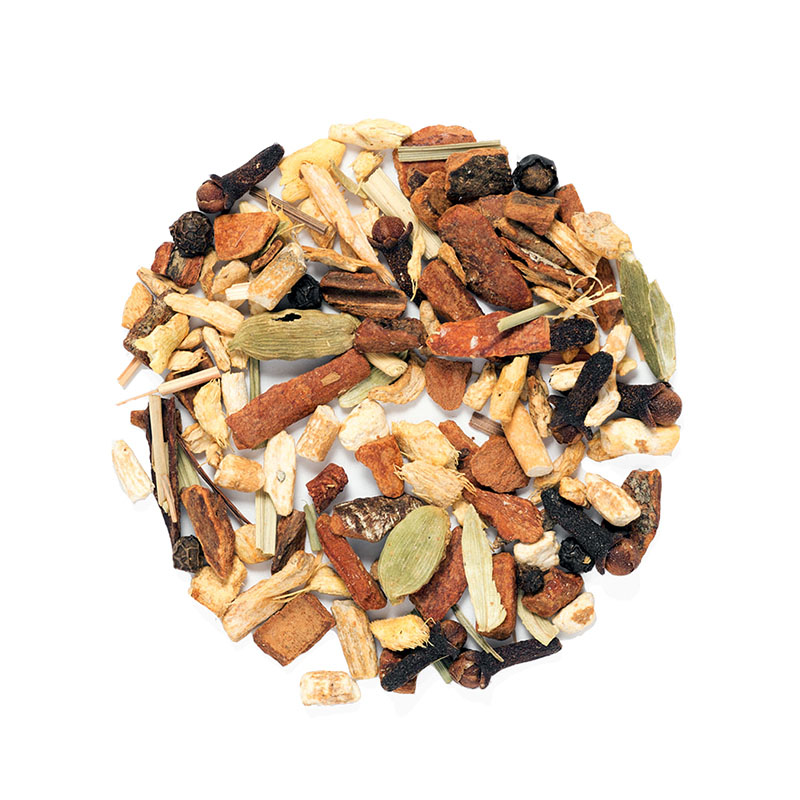Top 50 List of Herbal Teas & their benefits, uses
Herbal teas are teas made from plants, seeds, flowers, roots or fruits of all plants except Camellia sinensis. They have been used as natural home remedies for thousands hundreds and thousands of years. Before the invention of modern medicine, herbs and seeds were used for treating anything from infections to rashes and fevers. Although many of them have been around for hundreds, if not thousands of years, some of them still need more research to prove its benefits. However, one thing is for sure–herbal teas have been deeply rooted into our lives, and are often much more than just herbal remedies.




Benefits of herbal teas
With thousands of herbal teas come thousands of different flavors and benefits. Some herbs may taste better in blends, some are delicious on its own. Some cause no known side effects, while others should be taken only under the professional supervision. If you decide to use herbs for any health condition, even the minor ones, with herbal remedies, always consult your doctor. Teas that may be completely safe to some people may cause serious side effects in others. Here is the list of the 50 most popular herbal teas around the world. Chamomile is an all-time favorite herbal remedy all around the world. It’s been around for thousands of years, and used mostly for its calming effect. Chamomile may help reduce inflammation, treat stomach pain, aid sleep and promote calmness and muscle relaxation[1].
Peppermint is used world-wide for its refreshing and calming properties. Tea has a lightly sweet and refreshing flavor that may help with bad breath. The most important benefits include stress relief, aiding digestion and soothing stomach[2], boosting immune system and relieving the symptoms of common cold[3]. Rosehips are a great source of vitamin C and antioxidants. Studies suggest that the antioxidant activity may be higher than those of popular berries such as blueberries or black currants[4]. They may help with achieving weight loss goals, protect the brain and skin from aging[5]. In the last couple of decades, rooibos is capturing the hearts of many tea drinkers around the world. This tea, grown exclusively in South Africa, has a distinctive earthy and sweet flavor, perfect for blending with other herbs, fruits or flowers. This tea is used not only for its flavor, but for its potent antioxidant activity and many potential benefits – from reducing cholesterol and high blood pressure, to treating colic in infants and increasing airflow to the lungs[6].

Blood Orange Tea - Herbal Tea - Caffeine Free - Light and Earthy
The main use of ginger tea is help with upset stomach and nausea and for adding a spicy touch to tea blends, especially chai tea. But ginger has many more potential benefits–from protecting the brain and heart, lowering blood sugar and anti-cancer properties[7]. Studies showed that cinnamon, one of the most popular spices around the world, has an anti oxidant and anti-inflammatory properties and may help with lowering blood pressure and protecting the heart[8]. Lemongrass, a delicious herb used both as a spice and tea may help relieve the pain and anxiety, lower blood pressure, act as antioxidant and help with weight management. Studies showed it also has antibacterial and anti inflammatory properties[9]. Tulsi or Holy Basil is an adaptogenic herb used for its ability to reduce stress naturally and benefit the overall health. Adaptogenic herbs are often used for dealing with lifestyle-related diseases, especially different types of stress. Tulsi has anti-inflammatory, antioxidant, antidiabetic, anticancer, antimicrobial and radioprotective properties[10]. If you love using rosemary for cooking, you will love a cup of rosemary tea too. Rosemary may provide several benefits–from helping with Alzheimer’s disease[11] to treating anxiety[12].-
Olive leaf tea
-
Barley tea

Seven herbal tea with licorice, ginseng, peppermint, echinacea, rooibos, sasparilla root and cinnamon
Traditionally, eucalyptus has been used for its antiseptic and antibacterial properties and for different breathing and lungs related problems–from treating the common cold and flu to sore throat and pneumonia[16].-
Iceland moss tea
-
Gingko tea

Vedic (healer) tea with ashwagandha
Sage tea has been traditionally used in many countries for relieving pain and fighting infections. Research shows that it may be beneficial for “depression, dementia, obesity, diabetes, lupus, heart disease, and cancer“[21]. Raspberry leaf tea is mostly used by pregnant women to shorten the labour.[22] Although drinking this tea is considered safe in most cases, more research is needed to see can it actually help and how safe it is[23].-
Valerian root tea
-
Moringa tea
-
Pine needle tea
-
Yarrow tea
-
Stinging nettle tea
-
Dandelion tea
-
St John’s Wort tea
-
Yerba mate tea
-
Guava tea
-
Marshmallow root tea
-
Thyme tea
-
Kuding tea
-
Jiaogulan tea
-
Passion flower tea
-
Kava tea
-
Lapacho bark tea
-
Lemon balm tea
Disclaimer: This article is for informational purposes only. It’s not intended to replace medical advice, diagnosis or treatment. Every person is different and may react to different herbs and teas differently. Never use teas or herbs to treat serious medical conditions on your own. Always seek professional medical advice before choosing home remedies.
References
[1] https://www.ncbi.nlm.nih.gov/pmc/articles/PMC2995283/ [2] https://www.encyclopedia.com/plants-and-animals/plants/plants/peppermint [3] https://www.medicalnewstoday.com/articles/265214.php [4] https://www.ncbi.nlm.nih.gov/pmc/articles/PMC5485961/ [5] https://www.ncbi.nlm.nih.gov/pmc/articles/PMC5485961/ [6] https://www.ncbi.nlm.nih.gov/pmc/articles/PMC3866779/ [7] https://www.ncbi.nlm.nih.gov/pmc/articles/PMC6616534/ [8] https://www.ncbi.nlm.nih.gov/pmc/articles/PMC4466762/ [9] https://www.researchgate.net/publication/261220966_Biological_properties_of_lemongrass_An_overview [10] https://www.ncbi.nlm.nih.gov/pmc/articles/PMC5376420/ [11] https://www.ncbi.nlm.nih.gov/pmc/articles/PMC4749867/ [12] https://www.ncbi.nlm.nih.gov/pmc/articles/PMC4749867/ [13] https://www.ncbi.nlm.nih.gov/pmc/articles/PMC4997426/ [14] https://www.medicalnewstoday.com/articles/324878 [15] https://www.nccih.nih.gov/health/licorice-root [16] https://www.researchgate.net/publication/307869709_Beneficial_and_Healthy_Properties_of_Eucalyptus_Plants_A_Great_Potential_Use [17] https://www.ncbi.nlm.nih.gov/pubmed/9213408 [18] https://www.ema.europa.eu/en/documents/herbal-summary/iceland-moss-summary-public_en.pdf [19] https://www.nccih.nih.gov/health/ginkgo [20] https://www.ncbi.nlm.nih.gov/pmc/articles/PMC6827862/ [21] https://www.ncbi.nlm.nih.gov/pmc/articles/PMC4003706/ [22] https://www.ncbi.nlm.nih.gov/pubmed/10754818 [23] http://www.boltonft.nhs.uk/services/maternity/information/complementary-therapies/raspberry-leaf-tea/ [24] https://www.researchgate.net/publication/318504997_MEDICINAL_BENEFITS_OF_ANISE_SEEDS_PIMPINELLA_ANISUM_AND_THYMUS_VULGARIS_IN_A_SAMPLE_OF_HEALTHY_VOLUNTEERS [25] https://www.researchgate.net/publication/259696401_An_Evidence-Based_Systematic_Review_of_Elderberry_and_Elderflower_Sambucus_nigra_by_the_Natural_Standard_Research_Collaboration [26] http://cms.herbalgram.org/expandedE/Lindenflower.html?ts=1585574514&signature=8d0a43317cdb6873e37e7abf9fc09f73 [27] http://cms.herbalgram.org/expandedE/Lindenflower.html?ts=1585574514&signature=8d0a43317cdb6873e37e7abf9fc09f73 [28] https://www.ncbi.nlm.nih.gov/pmc/articles/PMC5745501/ [29] https://www.ncbi.nlm.nih.gov/pmc/articles/PMC3612440/ [30] https://www.ncbi.nlm.nih.gov/pmc/articles/PMC3173901/ [31] https://www.ncbi.nlm.nih.gov/pmc/articles/PMC4441164/ [32] https://www.researchgate.net/publication/273083376_Fact_Sheet_on_Honeybush_Tea [33] https://www.ncbi.nlm.nih.gov/pmc/articles/PMC3593772/ [34] https://www.researchgate.net/publication/286648528_Effect_of_an_osmanthus_fragrans_flower_beverage_on_the_antioxidant_activity_in_healthy_individuals [35] https://www.hindawi.com/journals/ecam/2013/304290/ [36] https://www.ncbi.nlm.nih.gov/pmc/articles/PMC6359479/ [37] https://www.researchgate.net/publication/227635524_Rose_Petal_Tea_as_an_Antioxidant-rich_Beverage_Cultivar_Effects [38] https://www.ncbi.nlm.nih.gov/pmc/articles/PMC6042386/ [39] https://www.researchgate.net/publication/313240117_The_estimation_of_the_traditionally_used_Yarrow_Achillea_millefolium_L_Asteraceae_oil_extracts_with_anti-inflammatory_potential_in_topical_application [40] https://www.ncbi.nlm.nih.gov/pmc/articles/PMC3349212/ [41] https://www.ncbi.nlm.nih.gov/pmc/articles/PMC5341965/ [42] https://www.analesdepediatria.org/en-efficacy-safety-profile-cranberry-in-articulo-S2341287915001003 [43] https://www.health.harvard.edu/newsletter_article/Update_on_St_Johns_wort [44] https://www.researchgate.net/publication/284040962_Yerba_mate_Pharmacological_Properties_Research_and_Biotechnology [45] https://www.ncbi.nlm.nih.gov/pmc/articles/PMC5412476/ [46] https://www.ncbi.nlm.nih.gov/pmc/articles/PMC3116297/ [47] https://www.ncbi.nlm.nih.gov/pubmed/30064132 [48] http://pennstatehershey.adam.com/content.aspx?productid=107&pid=33&gid=000265 [49] https://www.researchgate.net/publication/325011493_Thymol_thyme_and_other_plant_sources_Health_and_potential_uses [50] https://www.ema.europa.eu/en/documents/herbal-report/final-assessment-report-calendula-officinalis-l-flos-revision-1_en.pdf [51] https://www.ncbi.nlm.nih.gov/pmc/articles/PMC6470819/ [52] https://www.ncbi.nlm.nih.gov/pmc/articles/PMC3514219/ [53] https://www.ncbi.nlm.nih.gov/pmc/articles/PMC5037898/ [54] https://www.ncbi.nlm.nih.gov/pubmed/21294203 [55] https://www.nccih.nih.gov/health/kava [56] https://www.researchgate.net/publication/319572307_Lapacho [57] https://www.ncbi.nlm.nih.gov/pmc/articles/PMC5871149/
More from:
SLL



Leave a comment